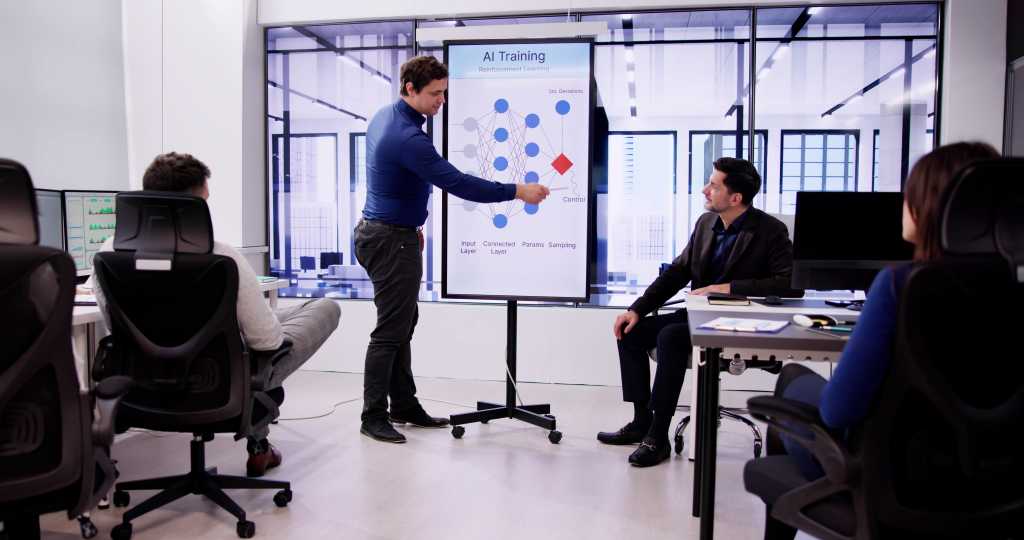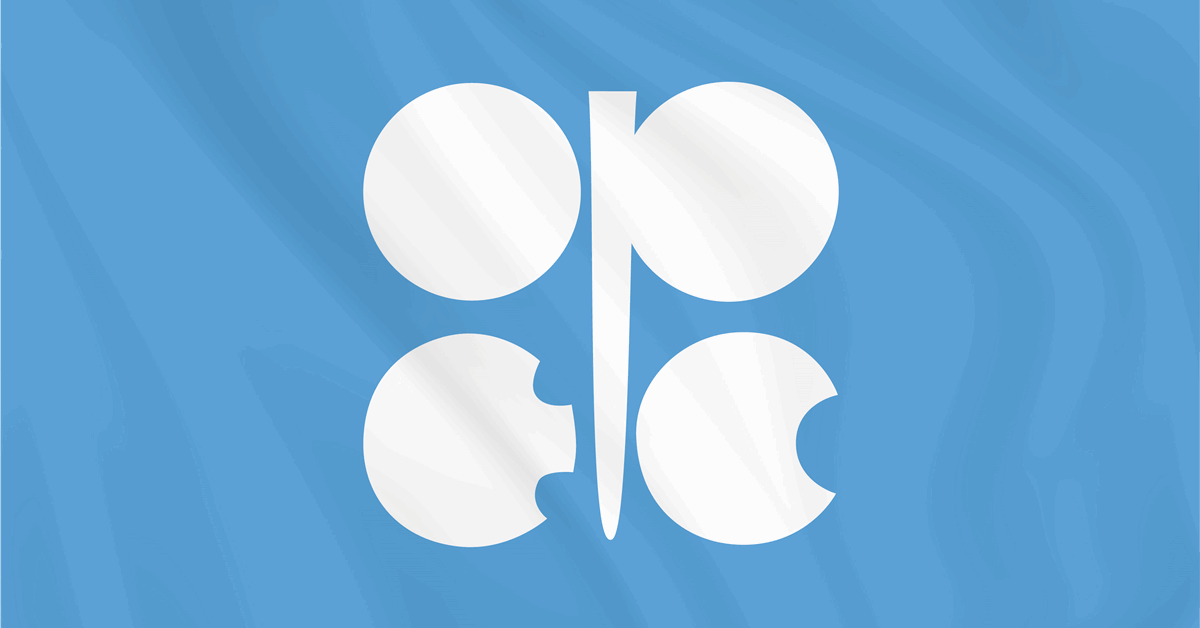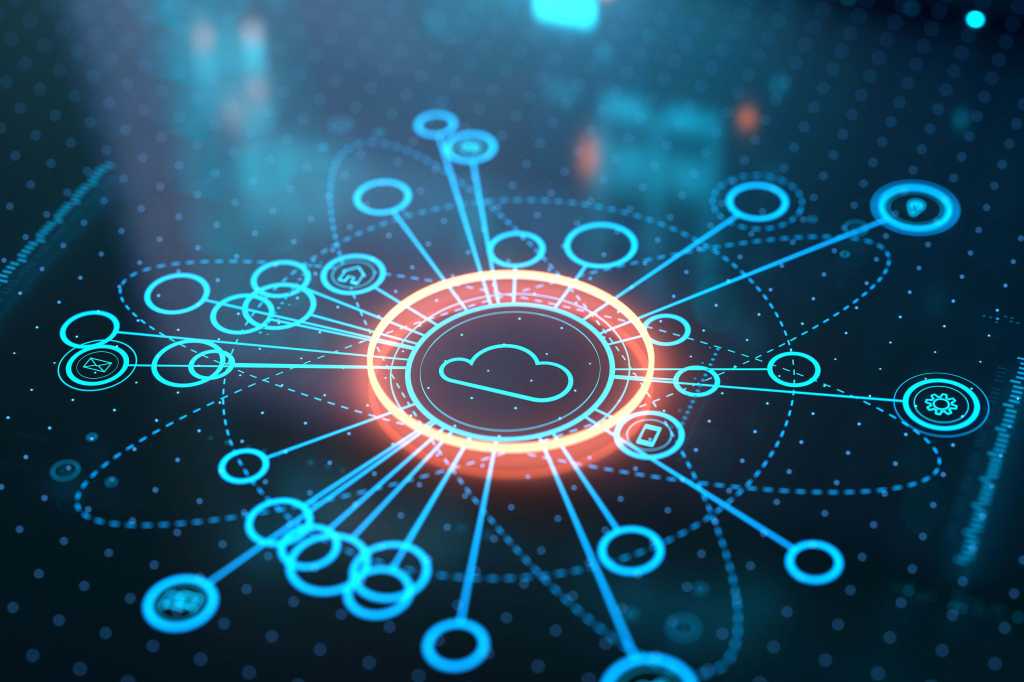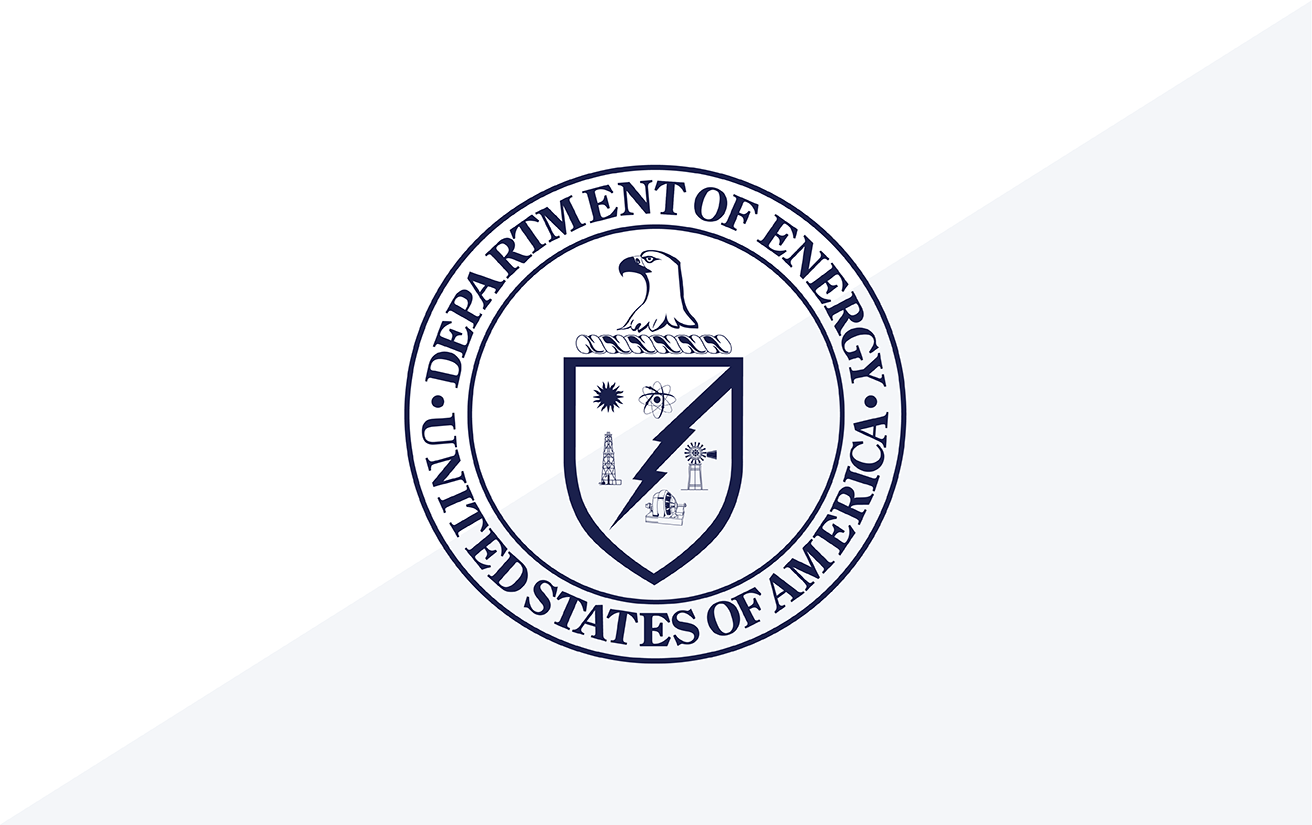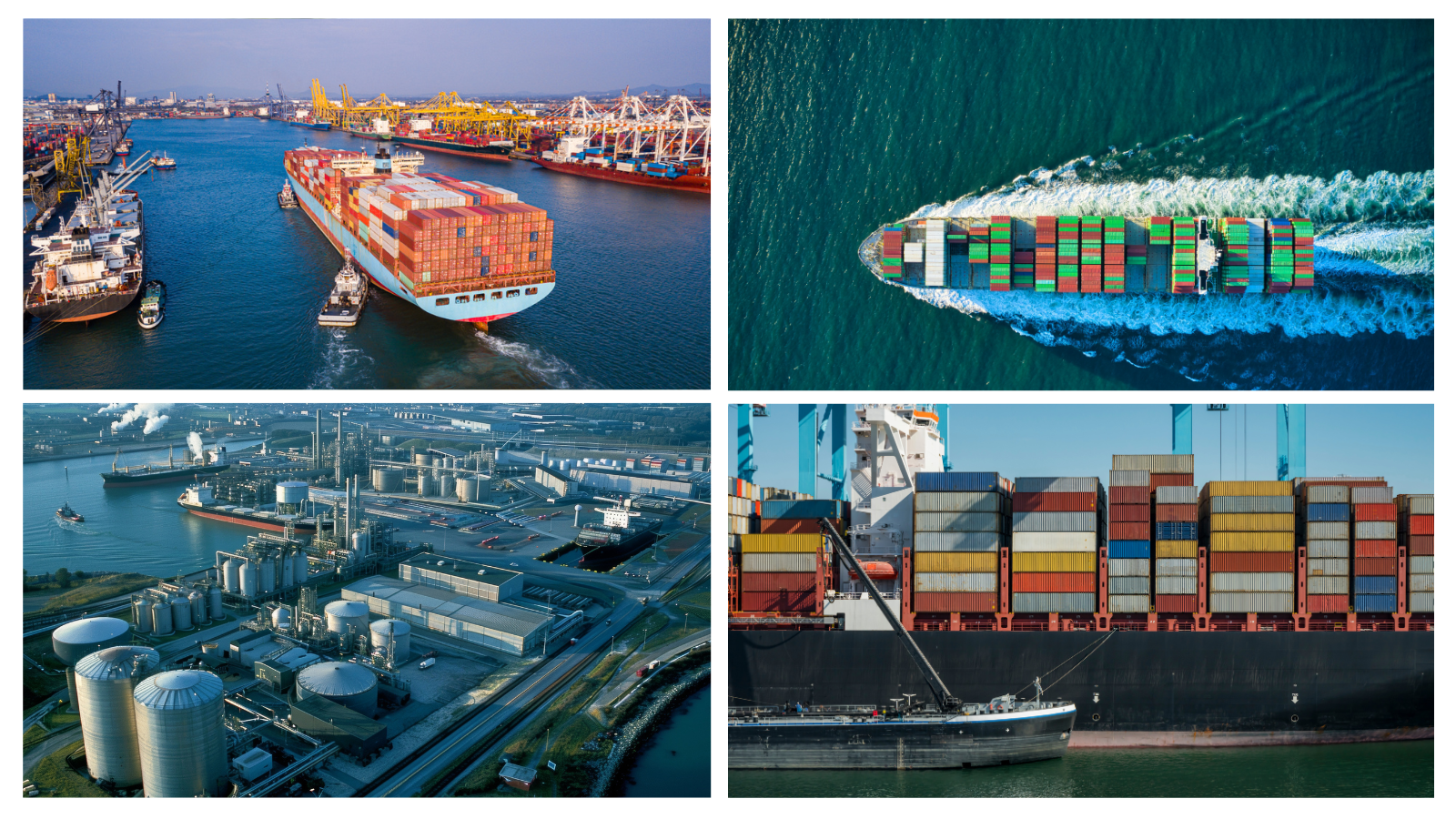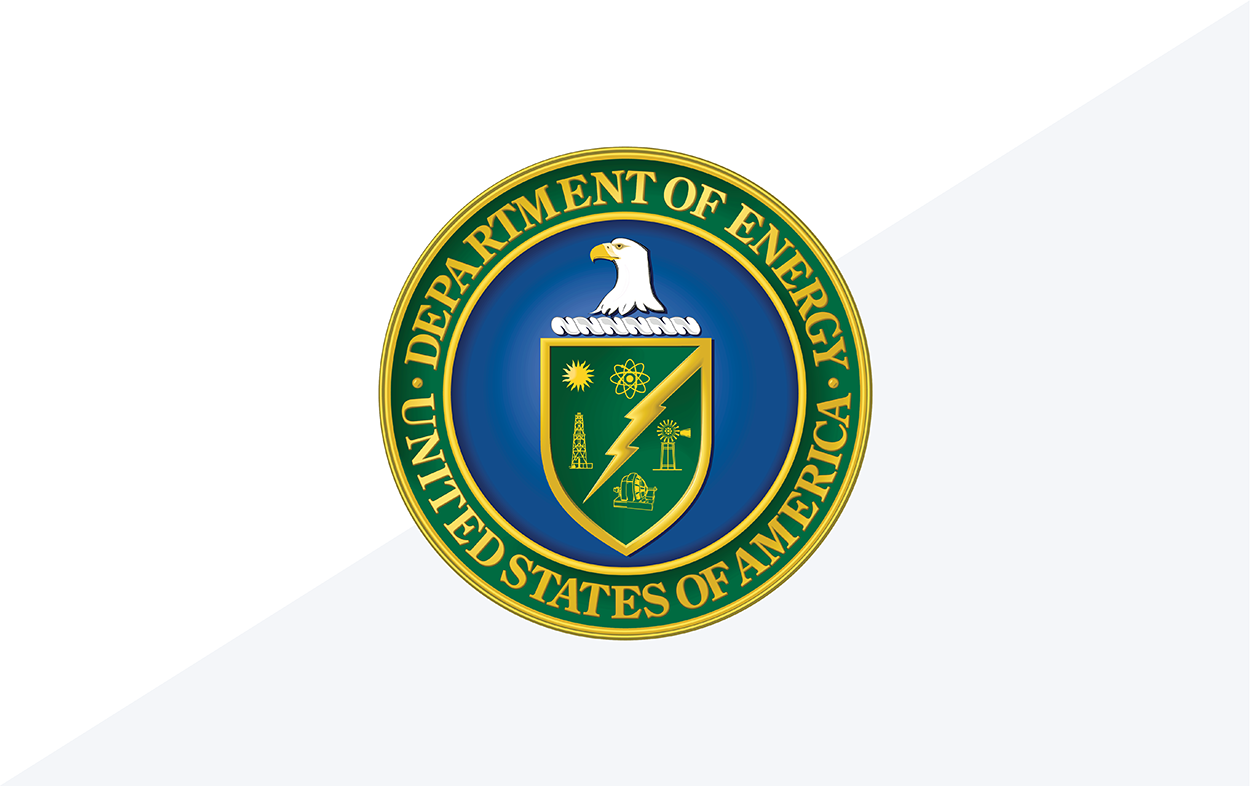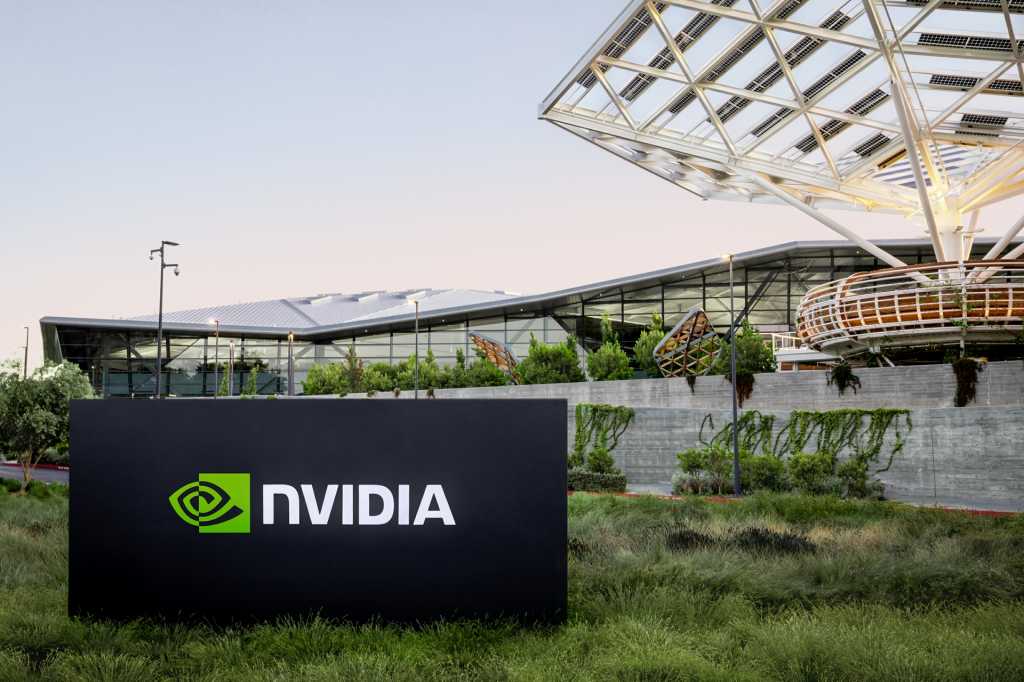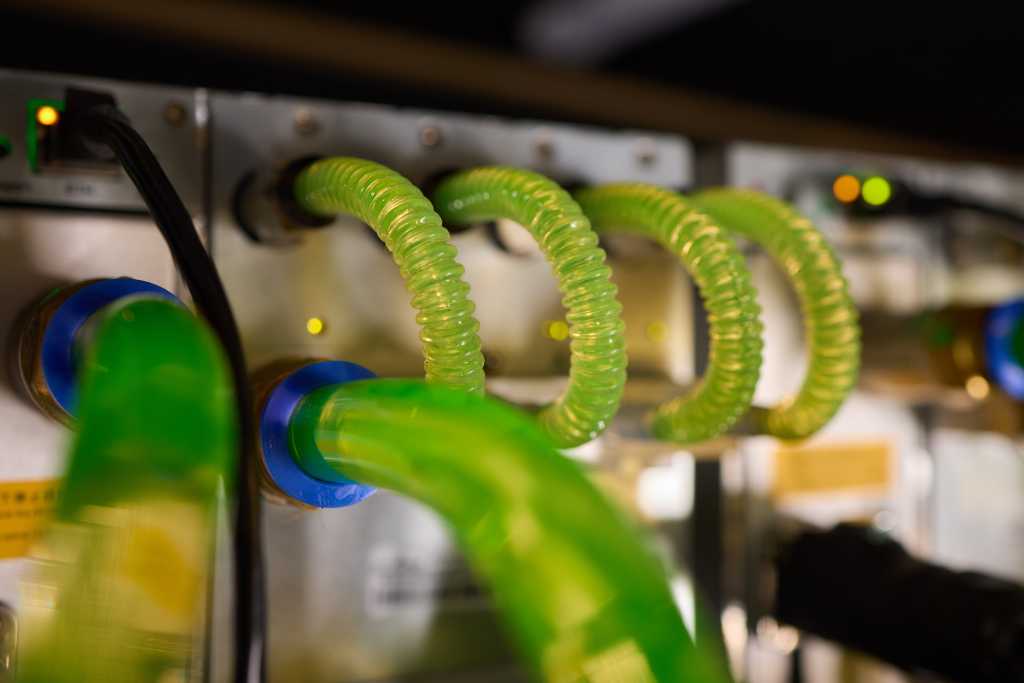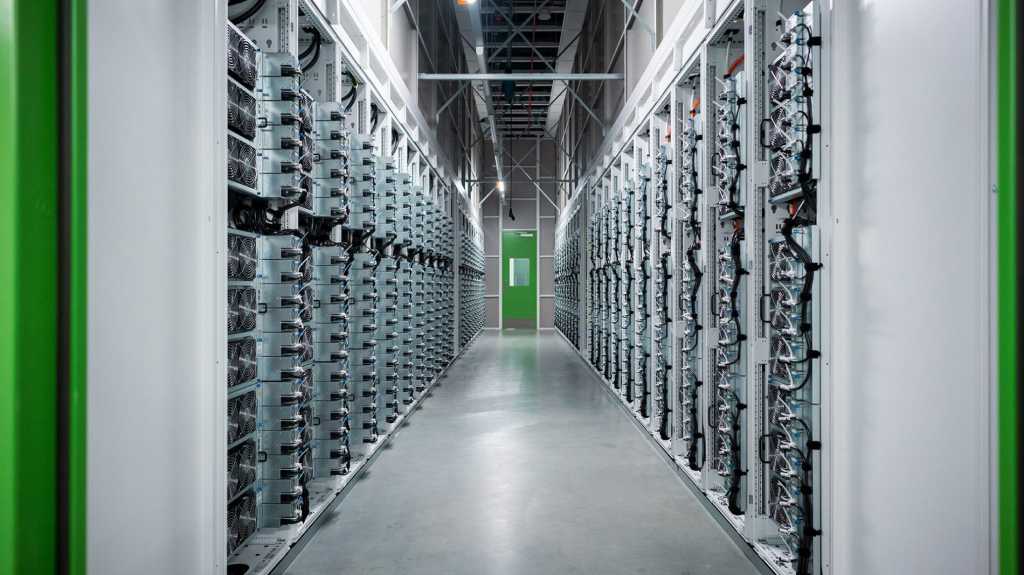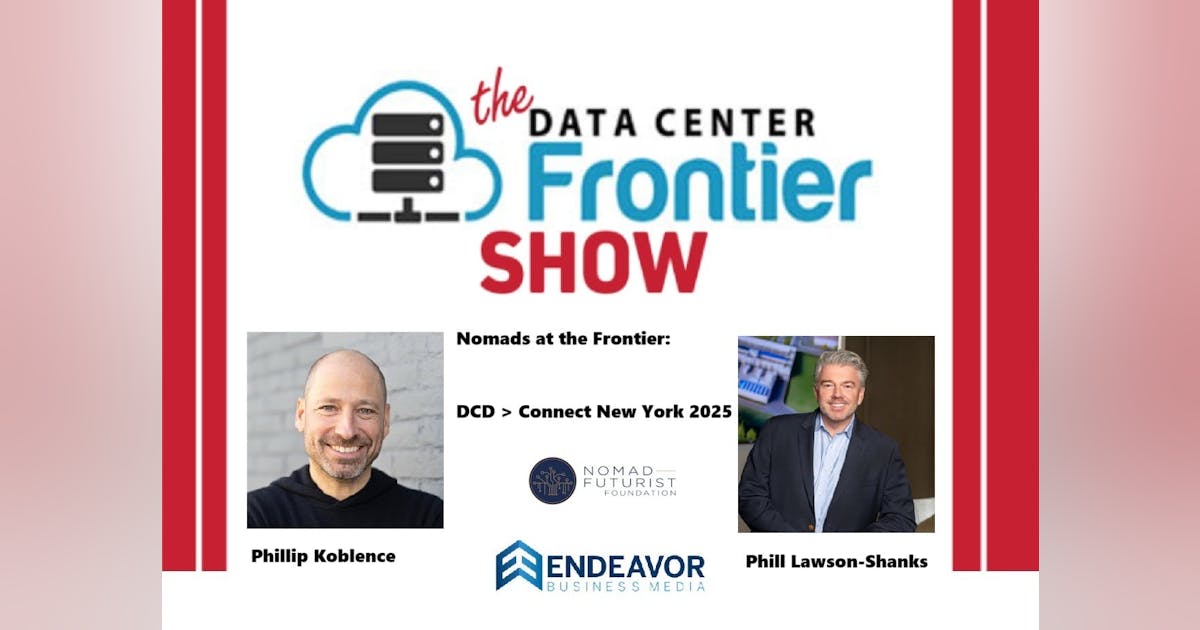
The 25th anniversary of the latest Data Center Dynamics event in New York City last month (DCD Connect NY 2025) brought record-breaking attendance, underscoring the accelerating pace of change in the digital infrastructure sector. At the heart of the discussions were evolving AI workloads, power and cooling challenges, and the crucial role of workforce development.
Welcoming Data Center Frontier at their show booth were Phill Lawson-Shanks of Aligned Data Centers and Phillip Koblence of NYI, who are respectively managing director and co-founder of the Nomad Futurist Foundation. Our conversation spanned the pressing issues shaping the industry, from the feasibility of AI factories to the importance of community-driven talent pipelines.
AI Factories: Power, Cooling, and the Road Ahead
One of the hottest topics in the industry is how to support the staggering energy demands of AI workloads. Reflecting on NVIDIA’s latest announcements at GTC, including the potential of a 600-kilowatt rack, Lawson-Shanks described the challenges of accommodating such density. While 120-130 kW racks are manageable today, scaling beyond 300 kW will require rethinking power distribution methods—perhaps moving power sleds outside of cabinets or shifting to medium-voltage delivery.
Cooling is another major concern. Beyond direct-to-chip liquid cooling, air cooling still plays a role, particularly for DIMMs, NICs, and interconnects. However, advances in photonics, such as shared laser fiber interconnects, could reduce switch power consumption, marking a potential turning point in energy efficiency.
“From our perspective, AI factories are highly conceivable,” said Lawson-Shanks. “But we’re going to see hybridization for a while—clients will want to run cloud infrastructure alongside inference workloads. The market needs flexibility.”
Connectivity and the Role of Tier-1 Cities
Koblence emphasized the continuing relevance of major connectivity hubs like New York City in an AI-driven world. While some speculate that dense urban markets may struggle to accommodate hyperscale AI workloads, Koblence argued that they remain vital for data generation and transmission.
“With all the talk about 600 kW racks, let’s not forget: these mature connectivity ecosystems are the engines generating the data that fuels AI,” he said. “The only way to get that data to large language models is through robust networks like those in New York.”
Workforce Development: The Talent Crisis
While technical innovations dominate discussions, the data center industry is also grappling with a growing workforce challenge. The need for skilled professionals is expanding rapidly, yet traditional education systems are not keeping pace. The Nomad Futurist Foundation, in partnership with iMasons, is working to bridge this gap by creating mentorship programs and introducing digital infrastructure concepts into STEAM curricula.
“What we’re selling is ‘cute kittens’—creating a structure to share institutional knowledge with the younger generation,” Koblence said. “There are not enough people globally to develop these assets. As an industry, we have to step up.”
The industry is evolving at an exponential rate, and new perspectives are essential. “Diversity of thought is critical,” Lawson-Shanks added. “Maybe a barista today or someone driving an Amazon truck doesn’t know digital infrastructure exists—but when they hear about it, they realize there’s a career path for them.”
Looking Ahead
As the conversation wrapped up, Koblence reflected on the enduring strength of the data center community. “It’s a fitting 25th anniversary for DCD New York. Engagement is stronger than ever, and the breadth of expertise at these conferences continues to grow.”
With AI reshaping infrastructure demands, power and cooling technologies advancing, and workforce challenges mounting, one thing is clear—the data center industry isn’t slowing down. And as the Nomad Futurist team reminded us, investing in people is just as critical as investing in technology.
Stay tuned for more discussions at the frontier of digital infrastructure, where innovation and community continue to drive the industry forward.

